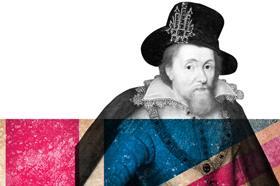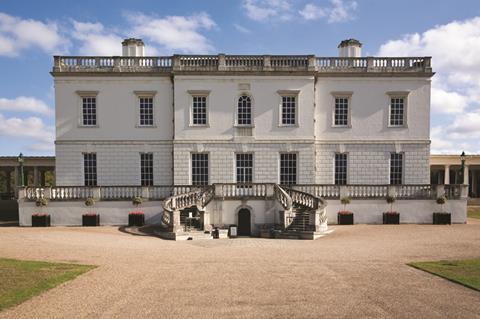This week Building is examining the influence the Royals have had on our architecture – today we look at the impact of King James I
To celebrate the Jubilee, Building has selected the three British monarchs who have arguably had the biggest personal and direct impact on our architectural heritage and compared their influence to that of our current Queen.
Yesterday we looked at William the Conqueror and his strategic use of architecture in defence. Today we examine King James I - look out for King George IV tomorrow and our full feature on Friday which will reveal the influence of the Queen and, importantly, her eldest son.

King James I
Reign: 1603-1625
Legacy: Queen’s House Greenwich
The Stuarts were an incredibly cultured bunch. Charles I amassed Europe’s greatest art collection and had plans to transform Whitehall Palace into the biggest palace in the world (which were interrupted by the minor inconvenience of his beheading).
Between siring an estimated 18 illegitimate children, Charles II commissioned Wren to rebuild St Paul’s Cathedral and, in bequeathing several of London’s royal parks to its citizens established the libertarian principles for which the capital’s public realm has since become famous. Towards the end of the period, even William III, who was a military obsessive and considered every minute not spent pounding Frenchmen on a battlefield wasted, transformed Tudor Hampton Court into England’s royal version of Versailles.
But it was James I who changed the course of British cultural and architectural history forever. In 1616 he commissioned legendary English architect Inigo Jones to design a small palace for his Danish queen. The building Jones created came to be known as the Queen’s House in Greenwich and it was the first classical building in Britain.
To Jacobean eyes the whitewashed walls, unadorned roofline and orthogonal proportions of the Queen’s House might as well have been an extraterrestrial visitation. While our own royals may actively nurture a reputation for conservatism, it is incredible to think that 400 years ago it was the king who was at the forefront of pioneering futuristic and radical design.
It is hard to overstate the impact of the Queen’s House. In the early 17th century England was still clinging stubbornly to renaissance variations of what was essentially still the Gothic style while the rest of Europe was surging ahead with classicism. By the time the first brick for the Queen’s House was laid St Peter’s in Rome was already 110 years old. The Queen’s House dragged England kicking and screaming into the classical age and ultimately the modern world.





























No comments yet